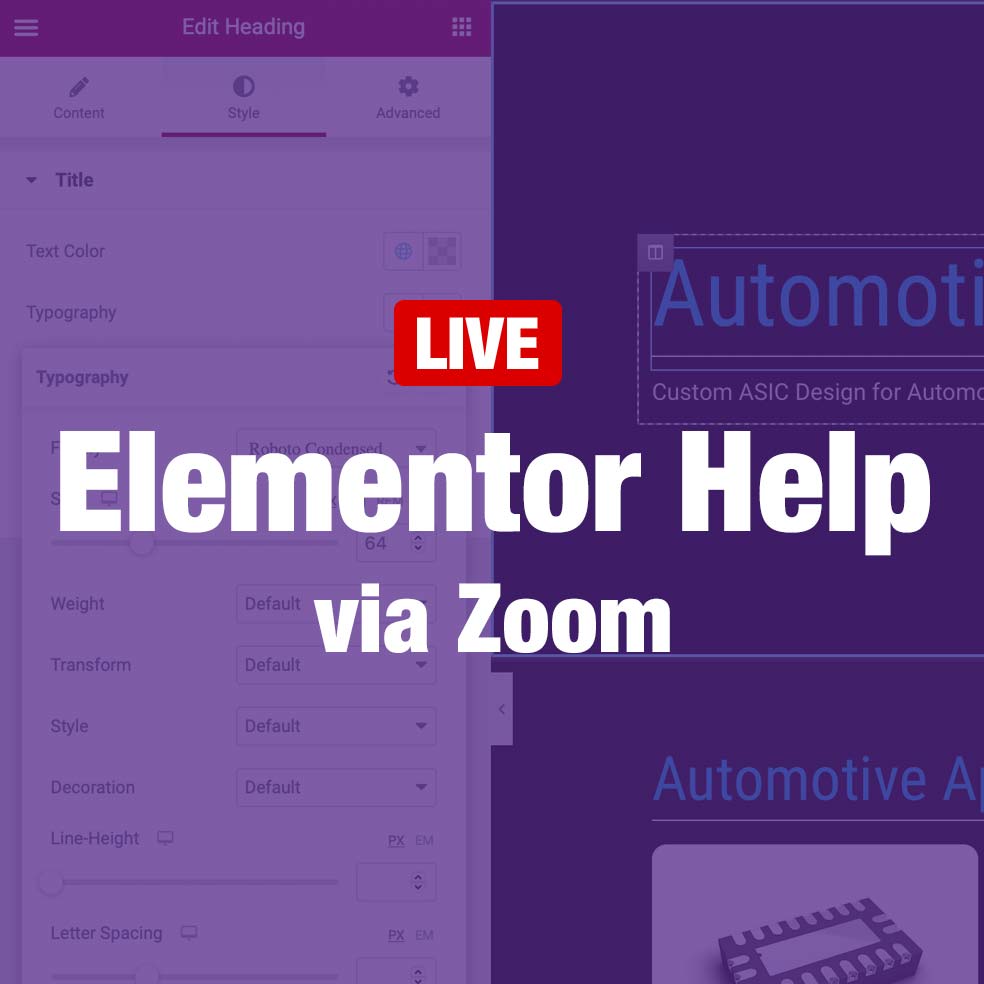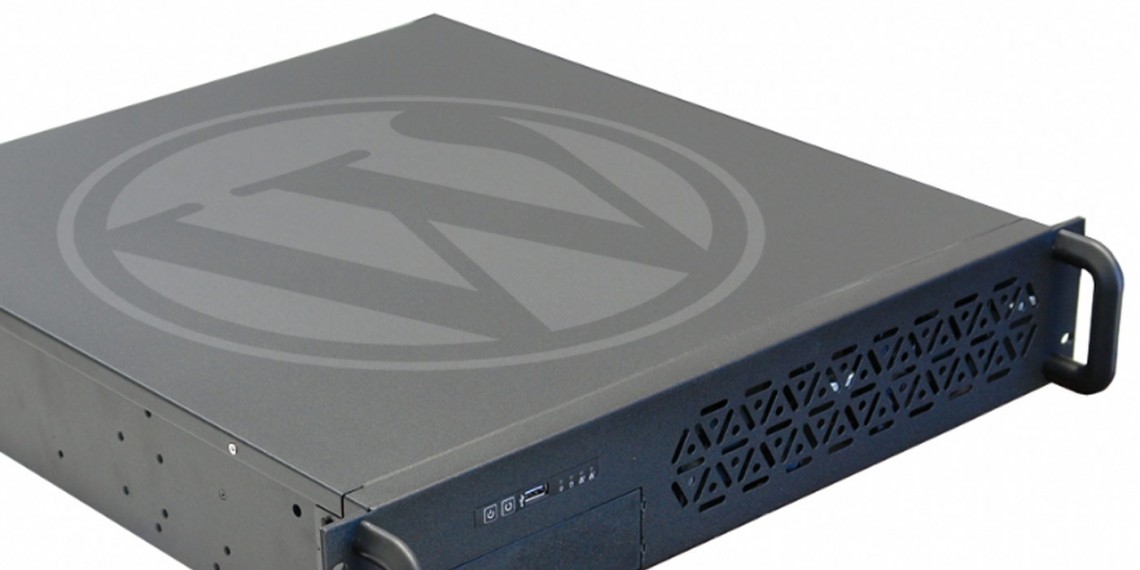I’ve been developing WordPress-powered websites since 2008. When I started, I was dependent on my web host for my server builds. Over the years, I’ve become proficient in building and managing my own servers. Today I use the following combination of services to build highly performant servers for my clients:
- ServerPilot – This is a cloud-based control panel that I install via the CLI. It quickly builds a server with Nginx in front of Apache, PHP-FPM, and MySQL. In addition, ServerPilot takes care of automated package updates, system clock updates, IPv6 support, and monitoring.
- DigitalOcean – Billed as “simple cloud hosting, built for developers,” DigitalOcean’s “frictionless” setup lets me spin up new servers in a matter of minutes.
- InfiniteWP – I use InfiniteWP to manage all my WordPress installs from one control panel. There I can update the WordPress core, themes, and plugins for all my client’s sites. It also maintains daily database and file backups of all my sites.
In addition to the above tools, I’m always looking for new and better ways of building WordPress optimized servers. Here are some resources I’ve recently come across:
- Highly-Available WordPress Installation inside AWS VPC using Ansible | Lazy Geek -:) – Need a WordPress instance which will automatically scale to meet incoming demand? Lazy Geek’s tutorial shows you how to utilize Amazon Web Services to create a WordPress infrastructure which will spawn new server instances as warranted by the amount of traffic your site is receiving. Here’s Lazy Geek’s Github repo that goes along with his post.
- Autoscaling WordPress with Ansible and CloudFormation | Allan Denot – In a similar fashion to the previous link, Allan Denot shows how to setup a WordPress site running in EC2 hosts with an RDS database. The EC2 hosts are inside an autoscaling group, and the setup makes it easy to deploy configuration changes.
- WP2Cloud plugin – This plugin can move your entire site (images, files, and pages) to an Amazon S3 bucket or Google Cloud Storage. From what I gather, this setup has you hosting your WordPress site anywhere. Then, as you add content, it gets mirrored to your cloud storage container which can be mapped to your primary domain. I’m not sure if this setup is built to handle things like e-commerce or other dynamic assets, but I hope to investigate it further.
- EasyEngine – I linked to this one in an earlier post, but it deserves a mention here… Easy Engine is a command line tool for setting up Nginx servers on Ubuntu and Debian Linux distributions. Its stack includes PHP, MySQL, and HHVM.
One final tip: Upgrade your servers to PHP7 to see a performance boost. This latest version of PHP uses less memory resulting in your sites running faster and using less server resources.


Leave a Reply